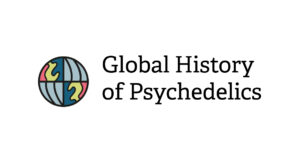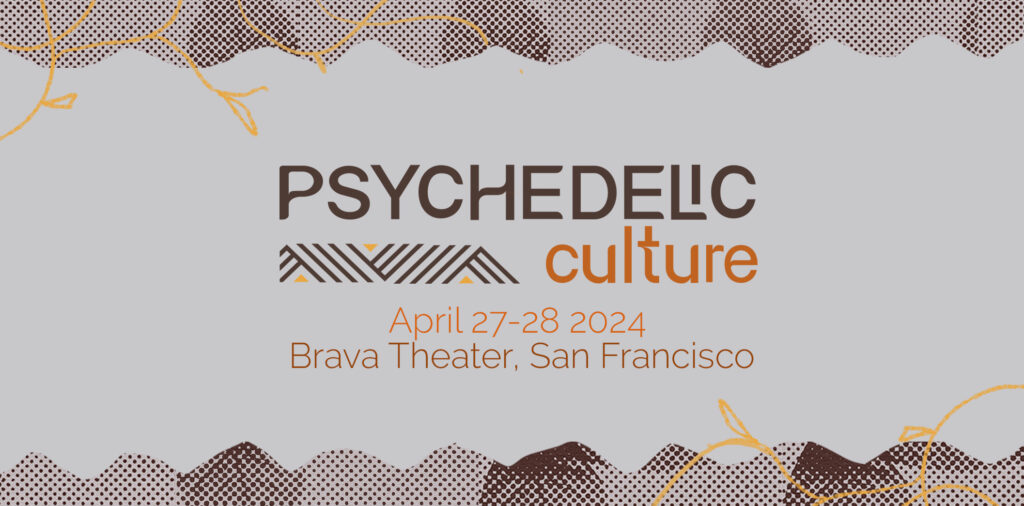- From Psychiatric Clinics to Magical Centre: LSD in the Netherlands - April 3, 2024
- Kin Spruijt: A Psychedelic Nurse in a Dutch Psychiatric Clinic - November 18, 2020
Onno Nol truly believed in “the Message”: use of LSD was the panacea to solve the world’s problems. In 1964 Nol, an idealistic student of first medicine and later physics, started to recruit investors from the Amsterdam beatnik and drug scene to build his own underground laboratory. Three months later Nol’s lab produced a bottle containing 40,000 dosage units of LSD. (He did not make it solid enough to crystallize it.) The liquid LSD was dripped on sugar cubes with the use of a pipette. These LSD cubes were made available in bars and other locations in Amsterdam where the alternative youth and drug scene gathered, priced between five and ten Dutch guilders (around $15 to $30 USD today). Nol’s LSD was possibly also a major source of supply for the underground UK market. His lab had to discontinue operations however because Nol turned into a major consumer of his own product, taking a staggeringly high dose of 900 micrograms each day for a period of eight months. By the next year, he had become completely paranoid and went to Germany to recuperate.
A key factor contributing to the diffusion of LSD in psychiatry was that its use stood in continuity with earlier developments in therapy and research, and was not seen as something completely new.
Nol’s activities stood at a watershed in the diffusion of LSD in the Netherlands, which I explore in my Expanding Mindscapes chapter. The drug had arrived in Dutch psychiatric clinics in the 1950s. It crossed boundaries between medical and public domains through psychiatric treatments and psychological experiments involving intellectuals and artists. A key factor contributing to the diffusion of LSD in psychiatry was that its use stood in continuity with earlier developments in therapy and research, and was not seen as something completely new. LSD seemed to provide answers and strategies that could be adopted within existing psychiatric frameworks.
Find more information on the upcoming Psychedelic Culture Conference.
In my chapter, I focus especially on the research of Willy Arendsen Hein and Jan Bastiaans. Arendsen Hein was influenced by ideas on the importance of a sense of belonging to society.In the LSD experiences of both his patients and himself, Arendsen Hein started to recognize the “peak-experience” transcending normal ego-boundaries: an experience of the “cosmic consciousness.” Bastiaans, who worked from psychoanalytic and psychosomatic perspectives, developed LSD treatment for survivors of German and Japanese concentration camps and prisons during World War II. Over his career, he treated 300 patients using psychedelics with relative success.
Taken up by a bohemian beatnik drug scene in the 1960s in the larger Dutch cities LSD was reconfigured from a drug causing or mimicking psychosis into a mind-liberating drug that would revolutionize the world. LSD spilled out of the medical domain into society first through the “pleiners,” a nucleus of artists, writers, university and high school students, and dropouts who gathered in the bars around Amsterdam’s Leidseplein square. LSD’s use came to be perceived as a major threat to society, creating a cultural legacy that lives on today. David Claassen1 showed that after 1960 in the media LSD was increasingly mentioned in a negative way. But at the same time, overlapping groups of activists and psychedelics users were involved in a playful transformation of society into a “Magical Center”: cities of play and leisure rather than work. Moreover, in economics the Netherlands would become a key player in the illegal production and distribution of LSD worldwide.
Note: This is an abridged version of Stephen Snelders’ chapter, “From Psychiatric Clinics to Magical Centre: LSD in the Netherlands,” in the edited collection, Expanding Mindscapes: A Global History of Psychedelics, released in November 2023 with MIT Press.
Art by Fernanda Cervantes.

Shop our Collection of Psychedelic T-Shirts.
Notes
1 David Claassen’s name was misspelled “David Claessen” in the original chapter in Expanding Mindscapes.
Take a minute to browse our stock:
Did you enjoy reading this article?
Please support Chacruna's work by donating to us. We are an independent organization and we offer free education and advocacy for psychedelic plant medicines. We are a team of dedicated volunteers!
Can you help Chacruna advance cultural understanding around these substances?


















